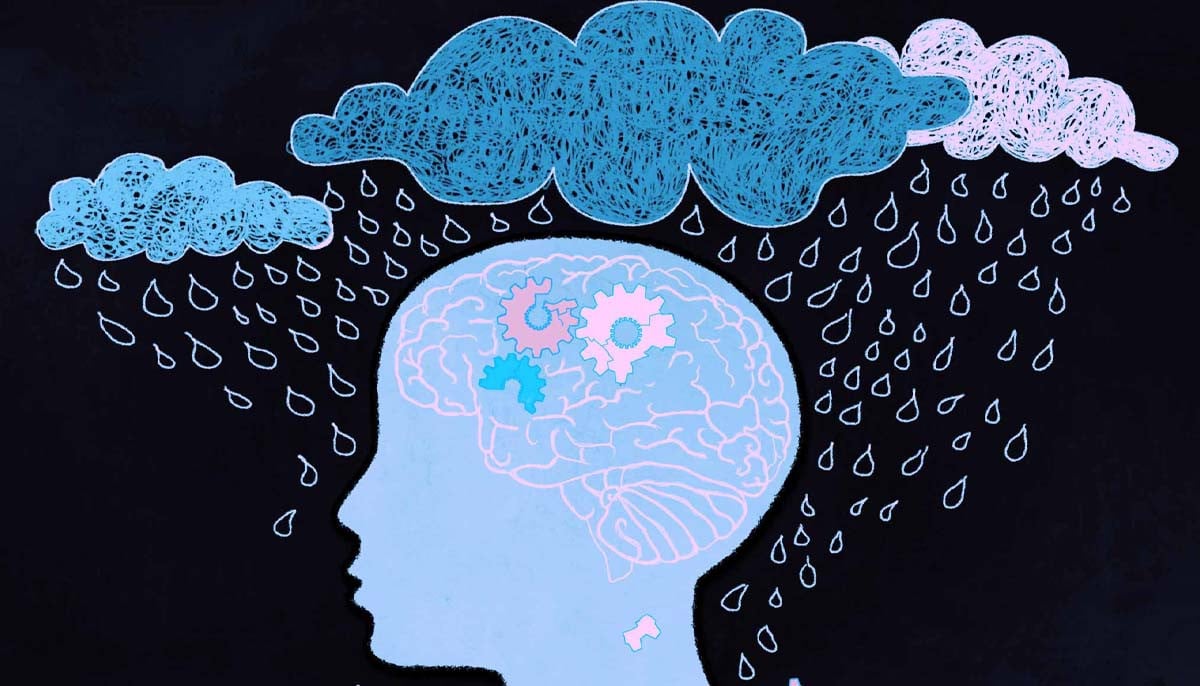This mindfulness Buddhist practice can help you overcome anxiety and workplace burnout
Fostering mindfulness may hold the key to a healthier, more balanced work-life
Combating stress and burnout in the workplace has become of paramount importance.
This is important, especially in a rapidly evolving digital landscape.
Researchers at the University of Nottingham have unveiled a powerful tool grounded in ancient wisdom. This is a mindfulness practice derived from Buddhist traditions.
So, staying mindful reduces your anxiety in the workplace.
But, how exactly can this age-old practice be the key to a healthier digital working life in the 21st century?
Mindfulness, defined as the awareness of internal states and surroundings, is more than just a trend. The American Psychological Association (APA) explains that it enables individuals to navigate the modern workplace by observing thoughts and emotions without judgment, fostering resilience.
As the workplace becomes increasingly digital, the study, analysing 142 workers, sheds light on its impact and potential solutions.
Elizabeth Marsh, a PhD student at the university’s School of Psychology, underlines the importance of being "mindful and confidently digital" for a healthy working life. The findings, published in PLOS ONE, indicate that those who embrace mindfulness are less susceptible to anxiety and other negative outcomes in the digital workspace.
Digital workplace technologies like email and instant messaging have been linked to stress perceptions among employees, according to associate professor Alexa Spence. The constant evolution of the digital workplace can lead to burnout and poor health.
Professor Elvira Perez Vallejos stresses the need for organisations to address digital workplace hazards, considering them alongside other workplace risks.
-
New drug shows promise in lowering dangerous blood fats
-
New research finds back pain may disrupt men’s sleep quality later in life
-
Do you have depression or is it just Monday blues? Find out where science stands
-
Air pollution may play a role in prostate cancer risk, experts warn
-
Type 2 diabetes hidden trigger in daily food revealed
-
Find out how you can avoid diabetes at your home
-
Pregnant women fighting 'like hell' against paracetamol?
-
‘Stranger Things’ star David Harbour speaks up about ‘psychotherapy’












